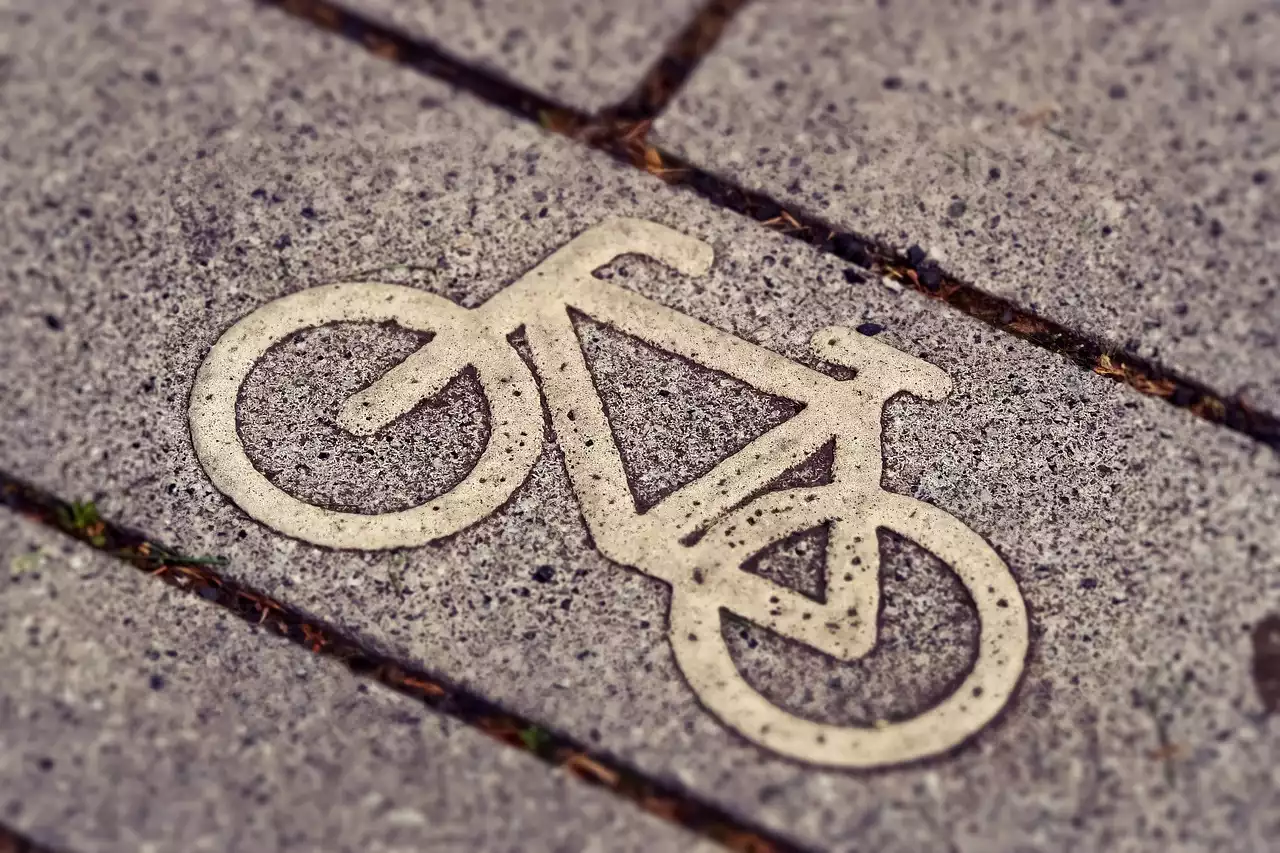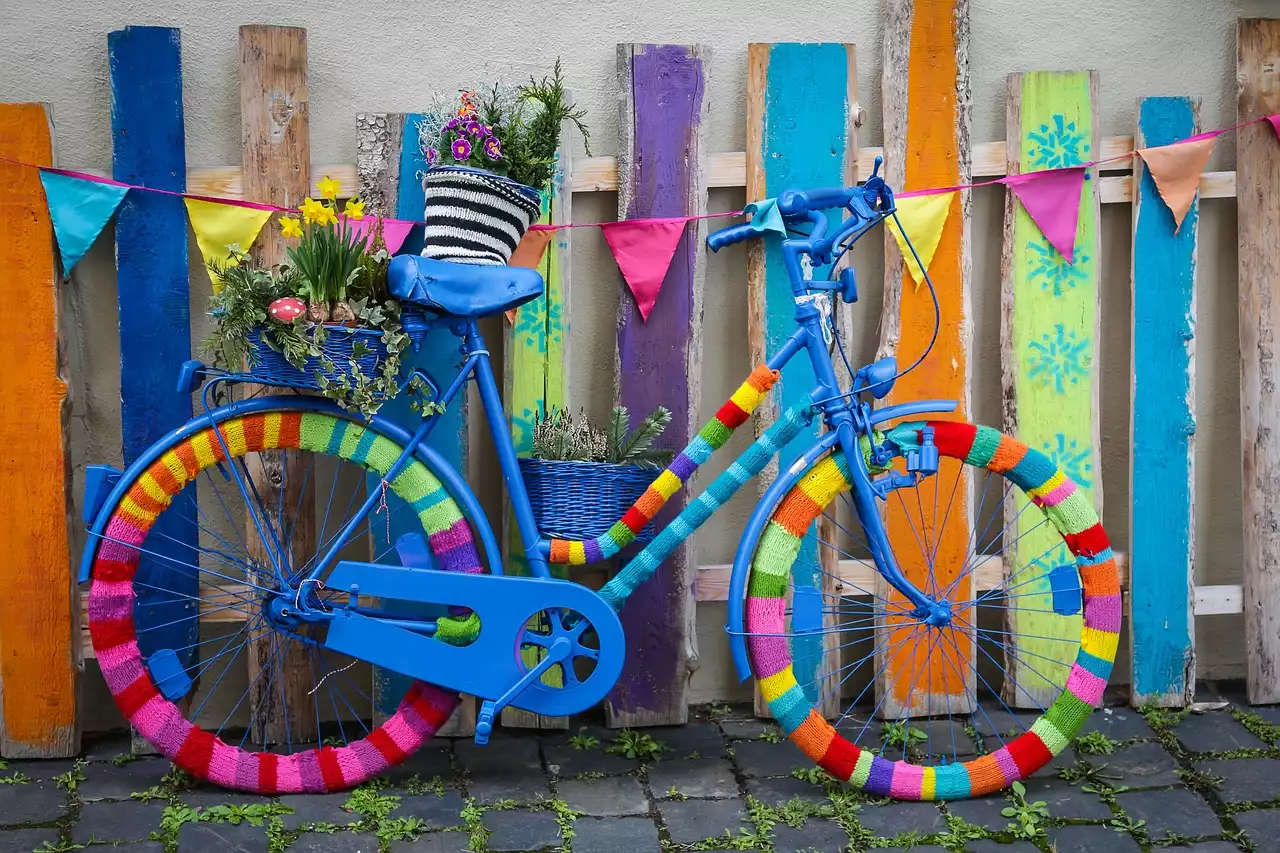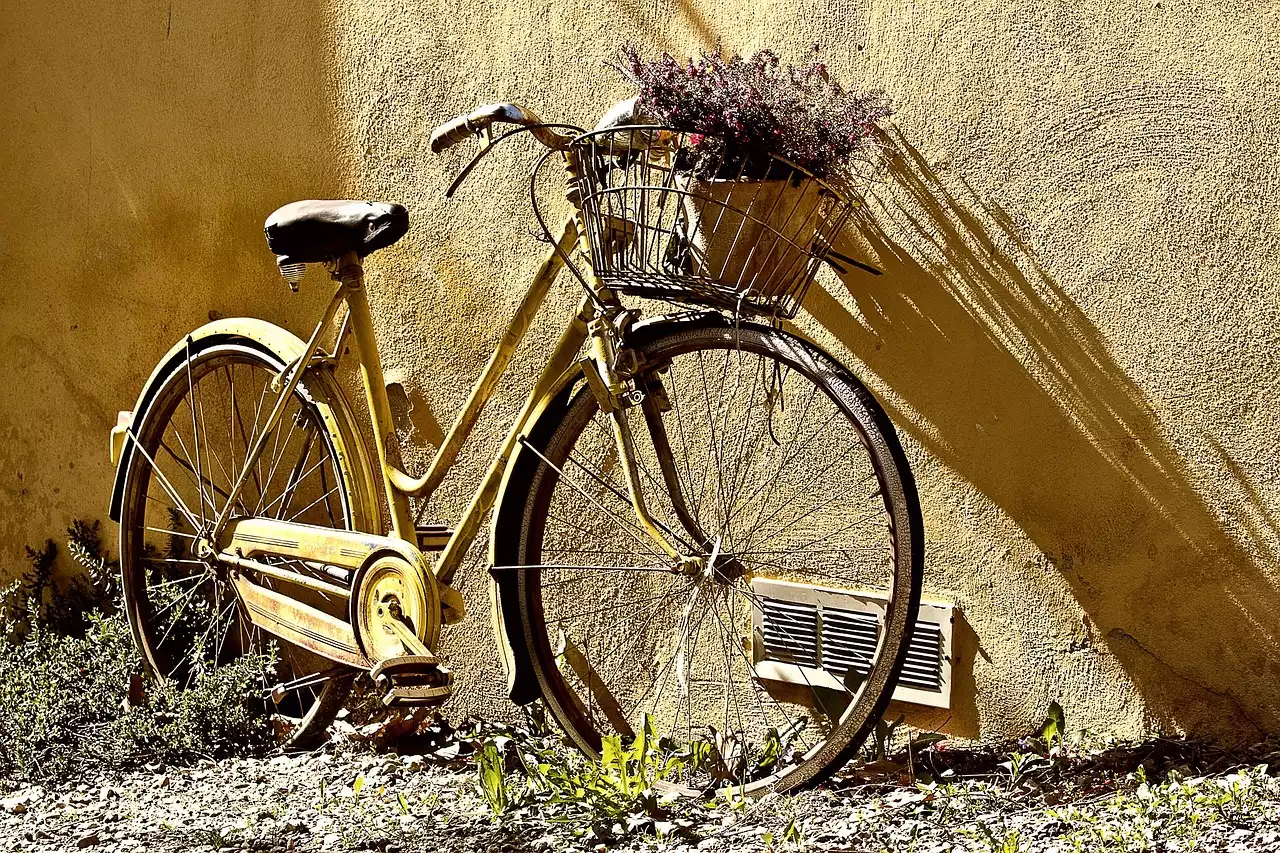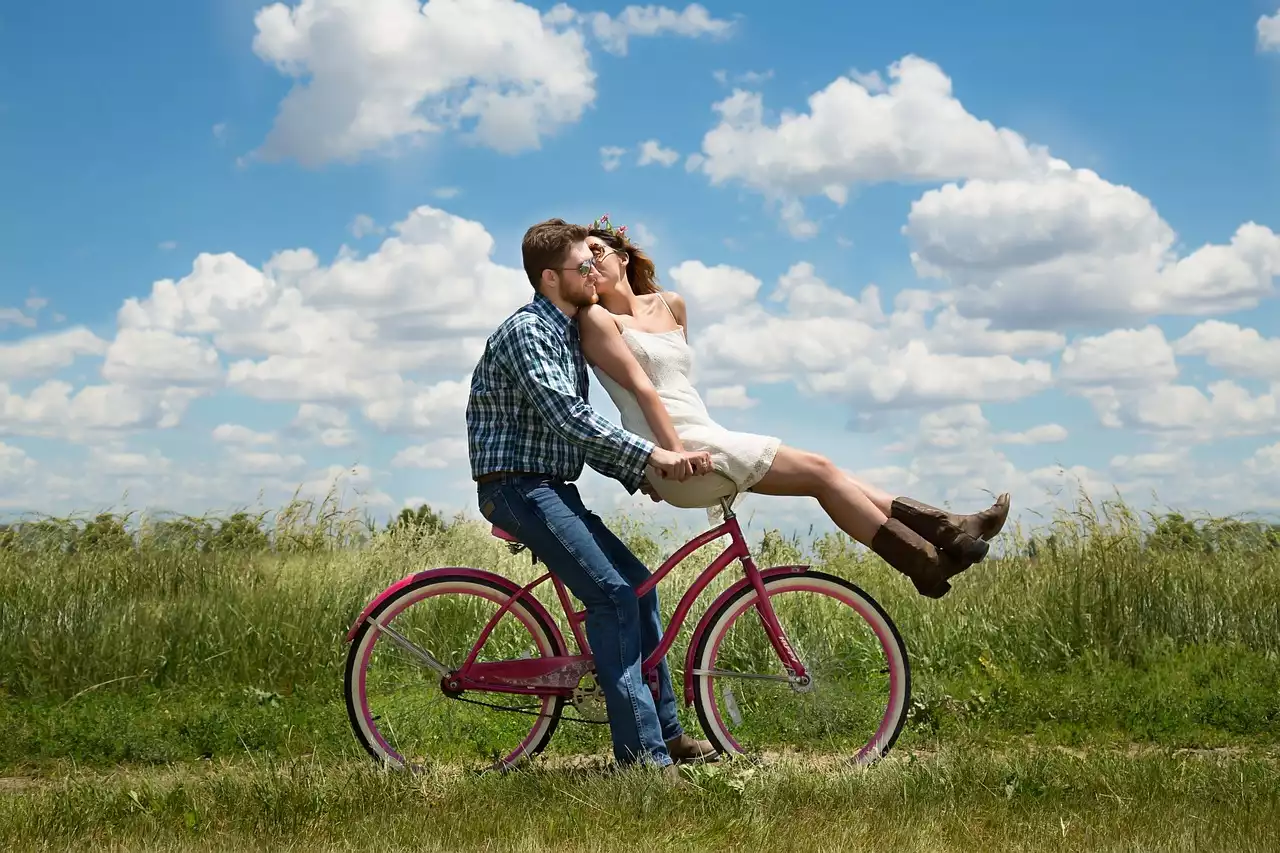Importance of Following Cycling Safety Rules
Cycling safety rules exist to protect cyclists and other road users. It is essential to follow these rules to ensure your safety and the safety of others. Some of the most important cycling safety rules include wearing a helmet, staying visible on the road, and following traffic laws and road signs.
Wearing a helmet is one of the most crucial cycling safety rules. A helmet can protect your head in the event of an accident and reduce the risk of a serious head injury. Always make sure your helmet fits properly and is adjusted correctly.
Staying visible on the road is another important cycling safety rule. Wear bright, reflective clothing, especially when cycling at night or in low light conditions. Use lights and reflectors on your bike to increase your visibility to other road users.
Finally, always follow traffic laws and road signs when cycling. This means stopping at stop signs and red lights, using hand signals when turning, and riding in the same direction as traffic. By following these rules, you can help prevent accidents and keep yourself safe on the road.
Common Cycling Accidents and Injuries
Cycling accidents can happen for many reasons, including road conditions, weather, and driver error. Some of the most common cycling accidents include collisions with cars, falls from bikes, and collisions with other cyclists or pedestrians.
Collisions with cars are one of the most serious types of cycling accidents. These accidents can be caused by driver error, such as failing to yield to cyclists, or by cyclists not following traffic laws. To avoid collisions with cars, always ride in the same direction as traffic, use bike lanes when available, and make sure you are visible to drivers.
Falls from bikes can also result in serious injuries, including broken bones and head injuries. These accidents can be caused by road hazards, such as potholes or uneven pavement, or by cyclist error, such as taking turns too quickly. To avoid falls from bikes, always wear a helmet and make sure your bike is in good working condition.
Collisions with other cyclists or pedestrians can also occur, especially in crowded areas or on shared paths. To avoid these accidents, always be aware of your surroundings, communicate with other cyclists and pedestrians, and use caution when passing.
Do: Wear Proper Cycling Gear and Equipment
Wearing proper cycling gear and equipment is essential for your safety when cycling. This includes a well-fitting helmet, comfortable and breathable clothing, and sturdy shoes. It is also important to have a properly maintained bike with functioning brakes, tires, and gears.
A helmet is the most important piece of cycling gear you can wear. It can protect your head in the event of an accident and reduce the risk of a serious head injury. Make sure your helmet fits properly and is adjusted correctly.
Wearing comfortable and breathable clothing can help keep you cool and dry while cycling. Choose clothing that is bright and reflective to increase your visibility to other road users. Sturdy shoes with good traction can help prevent slips and falls.
Finally, make sure your bike is in good working condition before every ride. Check your brakes, tires, and gears to make sure they are functioning properly. If you notice any problems, take your bike to a professional for repair.
Do: Stay Visible on the Road
Staying visible on the road is critical for your safety when cycling. Wear bright, reflective clothing, especially when cycling at night or in low light conditions. Use lights and reflectors on your bike to increase your visibility to other road users.
Front and rear lights are essential for cycling at night or in low light conditions. Make sure your lights are bright and functioning properly before every ride. Reflectors can also help increase your visibility to other road users.
Finally, avoid cycling in blind spots or areas where drivers may not be able to see you. Always make eye contact with drivers before crossing an intersection or turning.
Do: Follow Traffic Laws and Road Signs
Following traffic laws and road signs is essential for your safety when cycling. This means stopping at stop signs and red lights, using hand signals when turning, and riding in the same direction as traffic. By following these rules, you can help prevent accidents and keep yourself safe on the road.
Stop signs and red lights exist to keep all road users safe. Always stop at these signs and lights, even if there are no other cars around. Use hand signals when turning to indicate your intentions to other road users. Riding in the same direction as traffic helps prevent accidents and makes you more visible to drivers.
Don't: Ride Without a Helmet
Riding without a helmet is one of the most dangerous things you can do when cycling. A helmet can protect your head in the event of an accident and reduce the risk of a serious head injury. Always wear a helmet that fits properly and is adjusted correctly.
Don't: Ride Distracted or Under the Influence
Riding distracted or under the influence is dangerous and can lead to serious accidents. Avoid using your phone or other devices while cycling and never ride under the influence of drugs or alcohol. These activities can impair your judgment and reaction time, making it difficult to react to hazards on the road.
Don't: Ignore Road Hazards and Weather Conditions
Ignoring road hazards and weather conditions can lead to accidents and injuries. Always be aware of your surroundings and watch out for hazards such as potholes, debris, and loose gravel. Adjust your speed and riding style to match the weather conditions, such as rain, wind, or snow.
Expert Advice for Cycling Safety
To get expert advice for cycling safety, we spoke with John Smith, a certified cycling instructor and safety expert. According to John, the most important thing you can do to stay safe when cycling is to be aware of your surroundings and use caution when riding.
"Always be aware of your surroundings and watch out for hazards on the road," says John. "This includes things like potholes, debris, and other hazards that can cause accidents."
John also emphasizes the importance of following traffic laws and road signs. "Cycling is a form of transportation, and as such, cyclists need to follow the same rules as other road users," he says. "This means stopping at stop signs and red lights, using hand signals when turning, and riding in the same direction as traffic."
In addition to these basic safety rules, John recommends taking a cycling safety course to learn more about safe cycling practices. "A cycling safety course can teach you how to ride defensively, how to communicate with other road users, and how to avoid accidents," he says.






.png?size=50)



